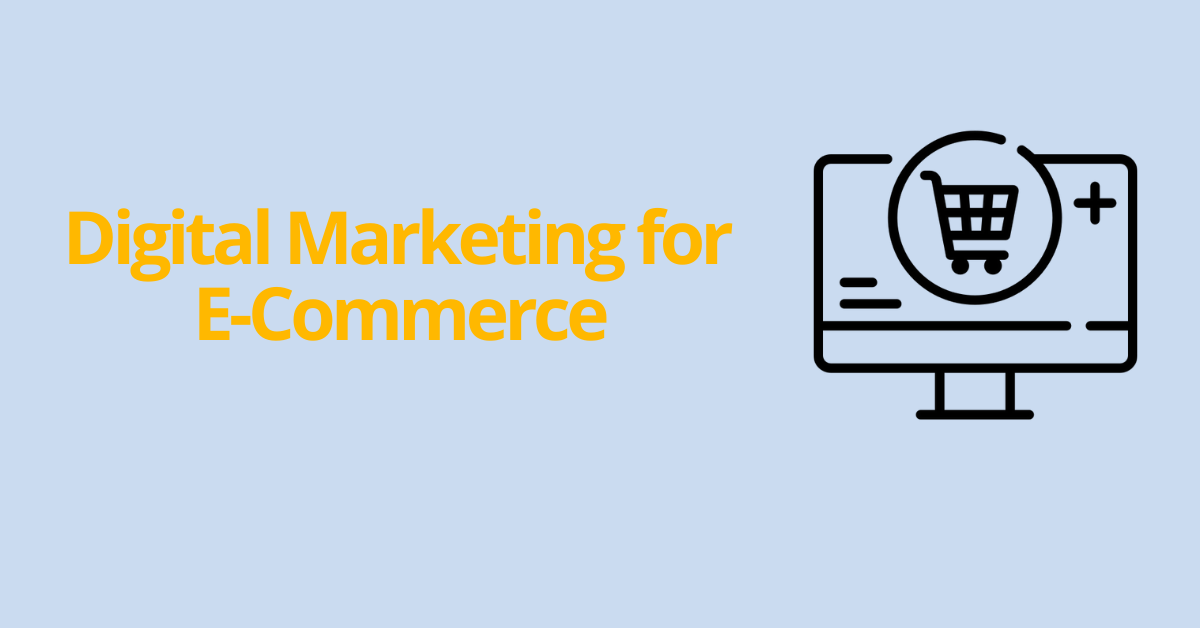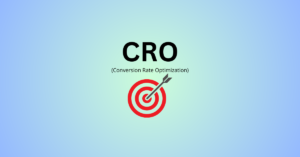Your success as an e-commerce company depends on your capacity to connect and interact with your target market. Driving traffic to your online store, turning visitors into consumers, and cultivating brand loyalty are all made possible by digital marketing. This thorough book will assist you in putting into practice successful digital marketing tactics for your online store.
1. Make Your Website Search Engine Friendly (SEO)-
Determine which keywords are relevant to your target audience’s searches and organically include them in your content of websites.
On-Page SEO: To raise your website’s search engine ranks, make sure that the title tags, meta descriptions, header tags, and image alt text are all optimized. Material marketing is the process of producing helpful, high-quality material for your target audience, such as blog entries, articles, and product descriptions. Technical SEO: Make sure that search engines can easily scan and index your website and that it is technically sound. This entails improving the structure, speed, and mobile friendliness of your website. 2. Use Social Media Marketing: Pick the Appropriate Channels: Determine which social media sites are most frequently visited by your target demographic, then set up accounts there. Make Interesting Content: Distribute educational and aesthetically pleasing content that appeals to your audience. Product images, films, behind-the-scenes looks, and client endorsements may all fall under this category. Execute Targeted Advertising: To expand your audience and increase traffic to your online store, use social media advertising. Interact with Your Viewers: Quickly reply to messages, mentions, and comments to foster a relationship with your clients.
3. Put email marketing into practice: Create an Email List: Get the email addresses of website visitors and buyers who complete transactions. Distribute Targeted Advertising: Make individualized email marketing according to demographics, past purchases, or consumer preferences. Provide Special Offers: To encourage clients to sign up for your email list, provide exclusive discounts, promotions, or first dibs on new items. Make Your Campaigns Automatic: Send automatic emails based on predetermined triggers, like welcome messages or abandoned carts, by using email marketing automation solutions.
4. Employ Pay-Per-Click (PPC) Promotion: Google Ads: Develop successful Google Ads campaigns to reach prospective clients looking for comparable goods or services. Social Media Advertising: To reach your ideal clients, run customized advertisements on sites like Facebook, Instagram, and Pinterest. Remarketing: Reach out to website users who have expressed interest in your offerings but haven’t bought anything. Monitor Your Performance: To optimize your return on investment, track the effectiveness of your PPC advertising and make necessary adjustments.
5. Make Your Product Pages Better: High-quality Photos: Make use of high-resolution photos that present your goods from various perspectives. Detailed Descriptions: Give concise, educational product descriptions that emphasize the qualities and advantages of your offerings. Client Testimonials: Invite clients to submit reviews, then prominently feature them on your product pages. Related Products: To raise the average order value and entice clients to look through your product line, recommend related products. 6. Enhance the User Experience: Website performance: To guarantee a quick and easy user experience, optimize the performance of your website. Make sure your website is mobile-friendly so it works well on all kinds of devices. Simple Navigation: Provide search functionality and clear navigation menus to make it simple for clients to find what they’re looking for. Secure Checkout: To provide your clients peace of mind and safeguard their private data, use a secure checkout procedure. 7. Examine and Improve Your Outcomes: Web analytics: Monitor website traffic, user activity, and conversion rates with tools such as Google Analytics. Social Media Analytics: Track your performance on social media to determine what is and is not working. Email marketing analytics: Monitor conversions, click-through rates, and open rates to gauge how successful your email campaigns are. A/B testing: To determine what performs best, test out various aspects of your website, email marketing, or social media advertisements. You can successfully drive traffic, boost conversions, and establish a profitable e-commerce firm by putting these ideas into practice and regularly reviewing and improving your outcomes.




